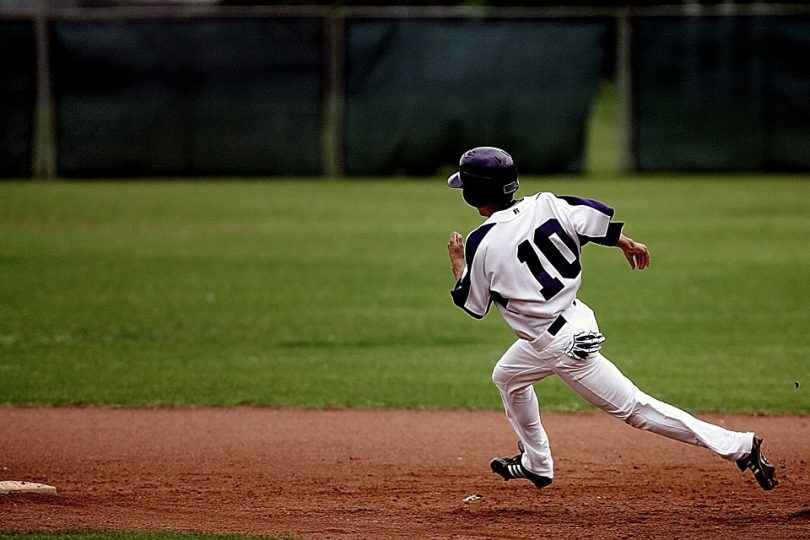The Situation:
Men on 1st and 3rd, 1 out. The 6-hitter is at the plate. The game is tied, 3-3.
The Play:
The hitter hits a soft ground ball at the second baseman. The runner on 3rd breaks for the plate, and the runner on 1st, reading the ground ball, breaks for 2nd. The second baseman charges hard towards the grounder. The runner heading to second thinks he can make the play close at 2nd base, so he sprints towards the bag.
The Outcome:
The second baseman picks up the grounder, reaches out, and tags the runner from 1st. He then throws the ball to 1st, completing the double play, and ending the inning without the run scoring.
What Went Wrong?
A soft ground ball towards the second baseman puts a runner on first in a tough situation. On one hand, the runner wants to pressure the defense by going hard to second. But on the other, he cannot get tagged out by the second baseman when the game is on the line.
The best way to read the play, is to watch the second baseman’s feet. If you see him start to slow down and set his feet to field the ground ball within an arm’s reach of the base path, STOP. At that point, you will have to pull up short, and do everything you can to avoid the second baseman’s tag.
There are generally two options for the second baseman once a runner, from first, stops. First, he can let that runner go, and throw to first. If the second baseman throws to first, the runner has to break towards second as hard as he can to avoid being doubled up by a throw back to second by the first baseman. This generally gives the runner from third enough time to score, even if the unorthodox double play is completed. Second, the second baseman can chase after the stopped runner, and not throw the ball to 1st until he gets the lead runner out. If that happens, the runner has to extend the second baseman’s chase for as long as possible to give the batter time to get to first safely.
The goal of stopping between first and second is to stay out of the easy double play. The worst thing a runner can do is run directly into the tag, giving the defense an easy 2 outs and giving the runner at third no chance of scoring. The runner has to read the speed of the grounder and the second baseman’s break to the ball, then quickly decide what to do. This is not hard! Understand the situation before it happens, and be ready to react. Think the game!







